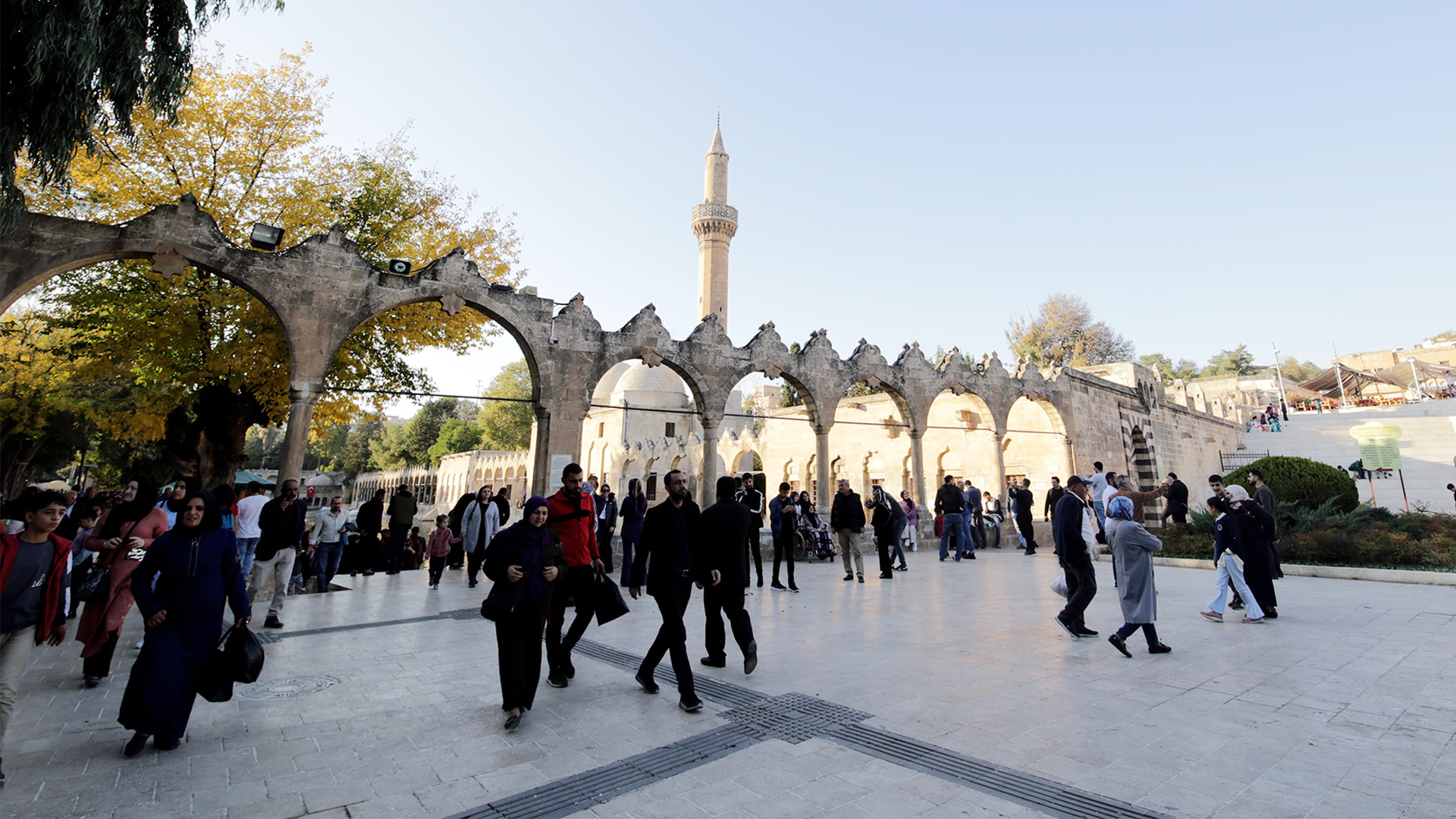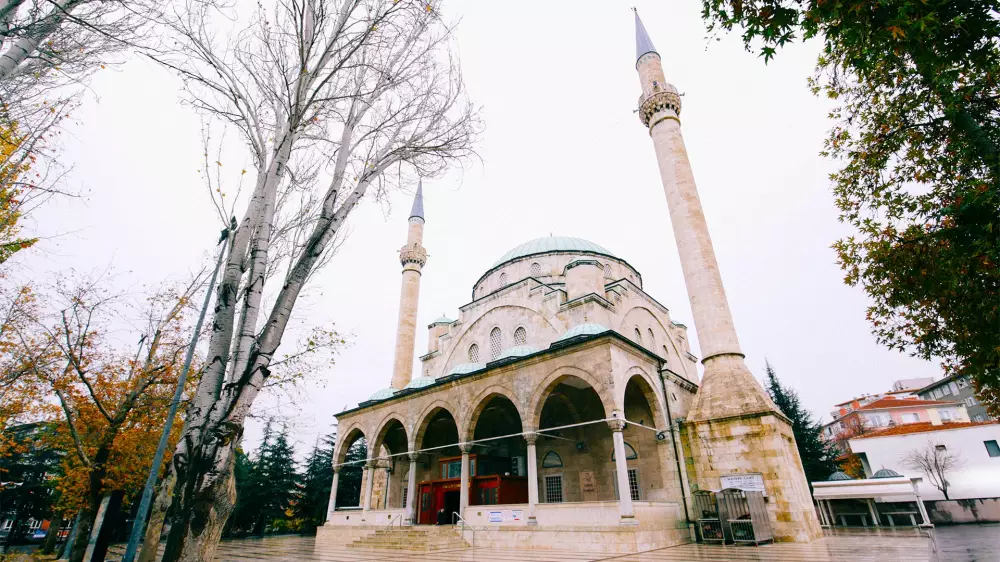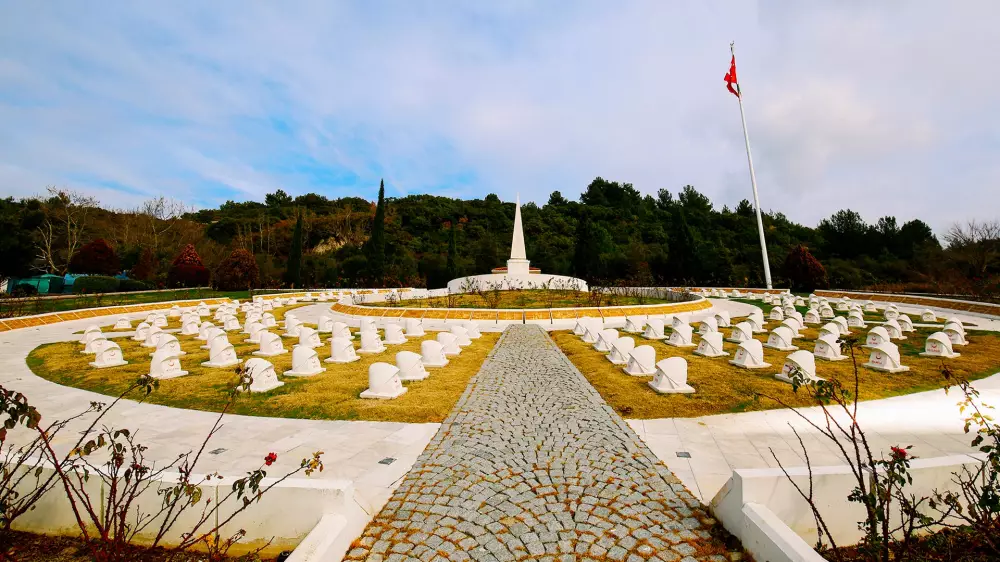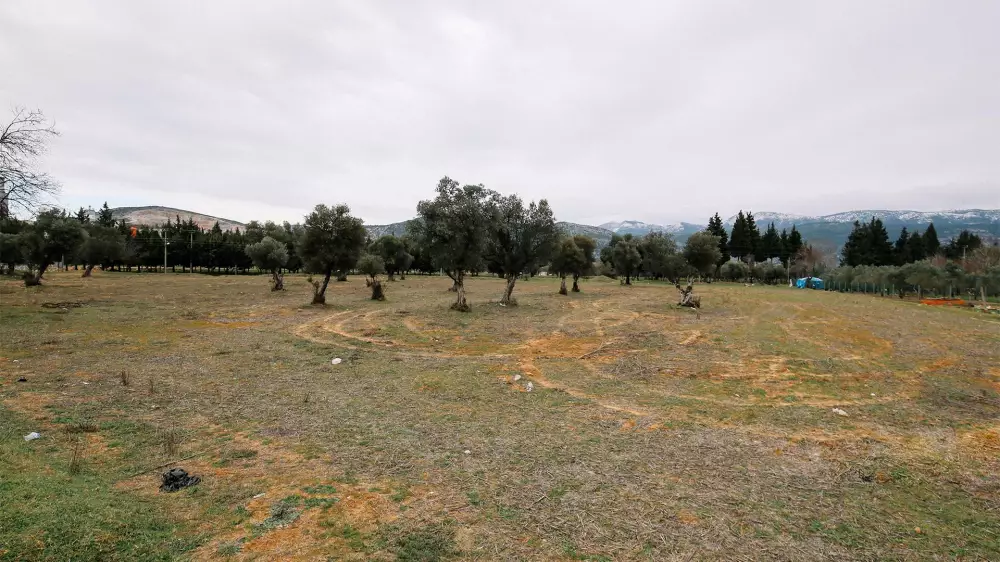
00:00
00:00
Gallipoli Peninsula Historical National Park
03.03.2024 17:41
The Gallipoli Peninsula Historical National Park, which is a very important place for Canakkale, is possible to encounter intense crowds throughout the year. The area, which was granted national park status in 1973, is approximately 33,400 hectares.
The Gallipoli Peninsula Historical National Park, which borders the Eceabat district, contains eight separate villages. The park is also among the highest plant diversity in Çanakkale. In order to get oxygen, local people visit here especially in the summer season. The Gallipoli Peninsula Historical National Park is also suitable for a large number of activities. Therefore, it has a structure that can attract people of all ages.
.
This large area encompassing the National Park also covers areas where a large number of enemy soldiers are buried. For this reason, the proud memories of the Gallipoli victory are always alive here. Within the boundaries of the Gallipoli Peninsula Historical National Park, there are 35 martyrs belonging to foreigners out of 56 domestic monuments. It is known that around 250 thousand Turkish soldiers took part in this martyrdom.
The Gallipoli Peninsula Historical National Park is very valuable in terms of providing the traces of the war and the lessons to be learned from it to future generations. While other national parks in Turkey stand out largely with their natural beauty, the Gallipoli Peninsula Historical National Park attracts more attention in this aspect. Visitors to the National Park have the chance to visit villages such as Behramlı, Küçükanafarta, Bigali and Kilitbahir. The people who come to this particular region by Istanbul from the peninsula to which is connected can follow the Tekirdağ and Keşan Highway. After arriving at Gallipoli, they must make their way to the south end. Ferries may be preferred to go to Ecaabat. These ferries continue to serve without interruption. Unfortunately, the region is removed from the status of National park in 2014 in order to be opened to development. It is currently defined as a ‘historic site’ rather than a national park in the official sense.
Gallery
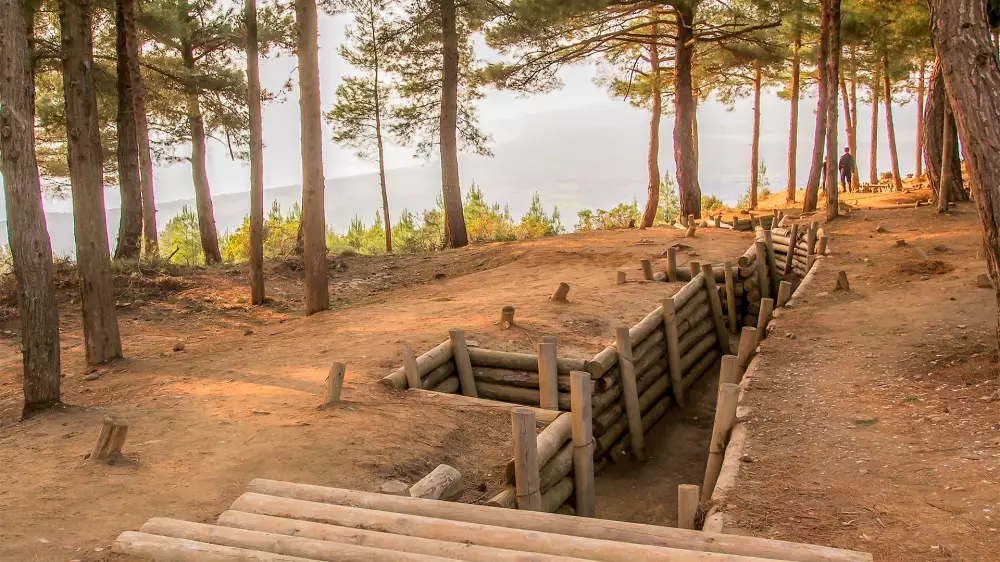
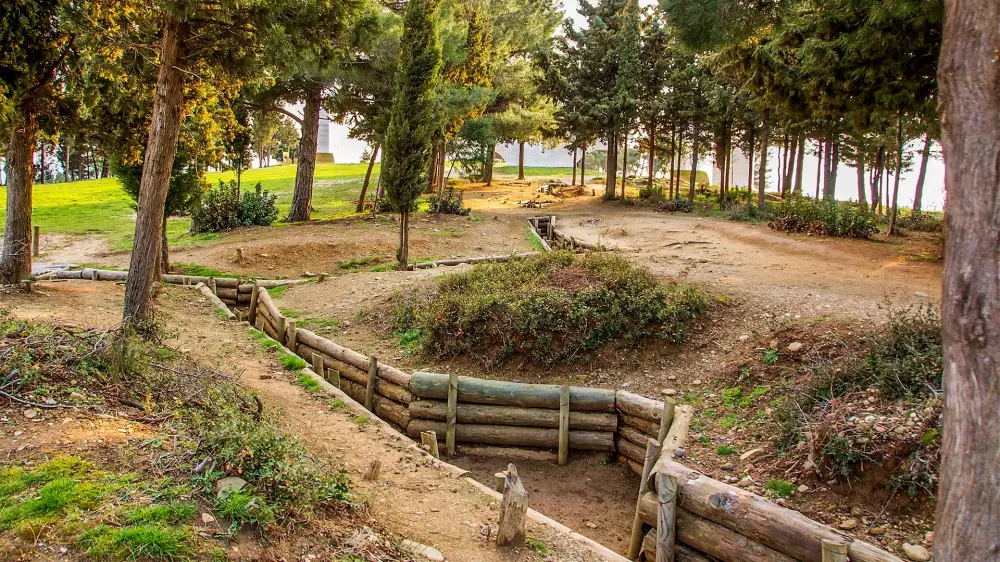
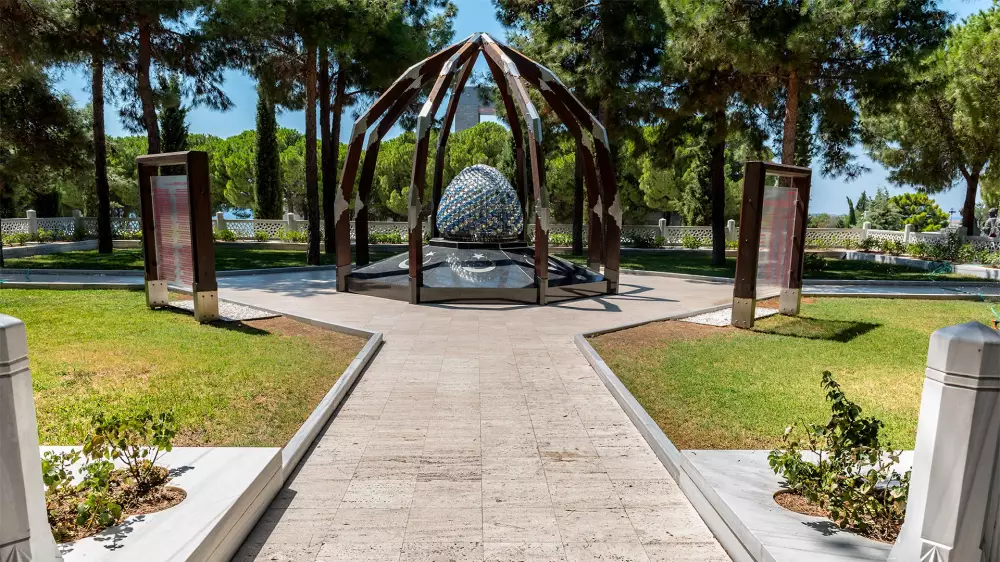

Location
Leave a Comment
